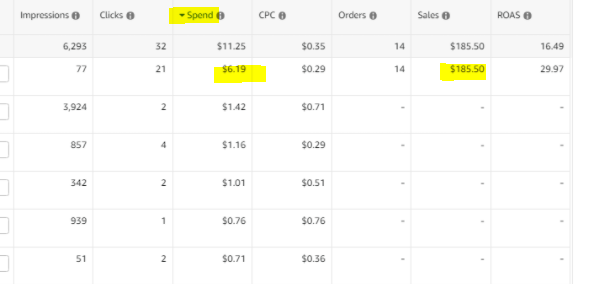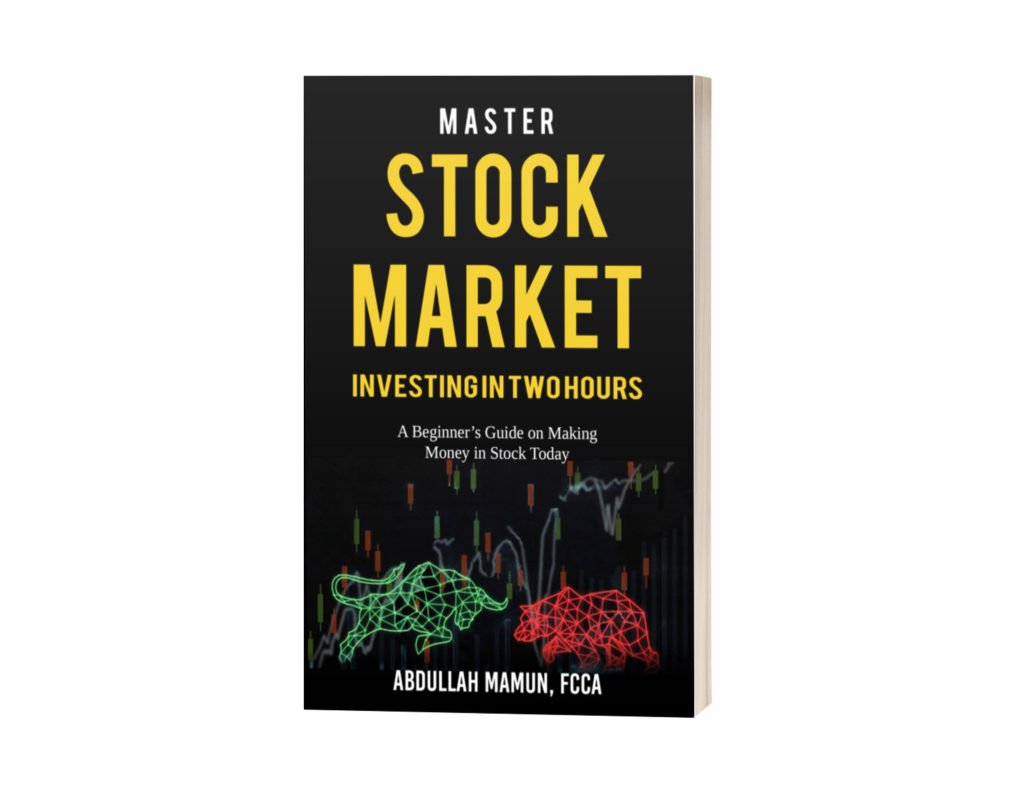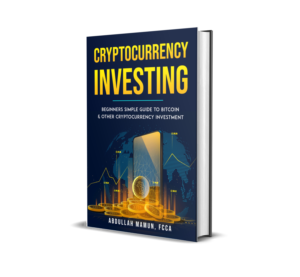Oct 7, 2021 | Advice, Advice for Writers, Featured
Golden keywords are keywords used in an Amazon ad to get profitable sales, preferably highly profitable sales.
One example of a highly profitable keyword is a spend of $6.19 making $185.50 in sales, as shown below:

At BookGoSocial we have created over 12,500 Amazon ads campaigns for authors over the past few years. What became clear from the data as we managed the ads was that small numbers of keywords, like in the above example, were producing most of the sales.
Our process of ad creation changed to focus our member's ad campaigns on Amazon onto the small number of keywords that were highly likely to get a high number of profitable sales for them.
We identified the keywords and the best methods of developing lists of these keywords for each book.
From the chart below you can see our Click Through Rate – the percentage of people who click after seeing an ad – rising this year as we developed our Golden Keywords program with the tactics you will find in our Golden Keywords guide available on Amazon here.

The Pareto Principle, also known as the 80:20 rule, states that on average, 80% of profits are achieved from 20% of clients. This 20% are also known as the vital few, which gives another name to this rule—the law of the vital few.
The Pareto Rule has been widely used in business and marketing applications. One of the commonly seen applications of the Pareto Rule in marketing includes:
80 percent of buyers come from 20 percent of people who click my ad.
This is a common observation based on the Pareto Principle in marketing. It is often seen that majority of the sales come from a small number of clicks. The Pareto Rule suggests that the author should focus on attracting more of the same type as the 20%.
This rule applies to all businesses, and authors are generally small businesses, to help identify the customer persona (type) that is really interested in your books.
But more importantly, when 80% of your royalties come from a small number of keywords, not the hundreds that some suggest are needed, it is a good idea to test and retest a Golden Keyword campaign for your book or books because of the potential impact on your royalties.
From a long tail (list) of keywords, the clicks with no sales can impact the overall performance of the ad negatively, turning a potentially profitable campaign into a loss-maker.
This type of result happens regularly. So regularly we decided to identify the likely best performing keywords early, to avoid losses on long tail keywords.
The Pareto Principle applies for Amazon Ads and is the principle we use for creating Golden Keyword campaigns.
If you want our Amazon ads Done For You Service, where we do the ad setup and management work, please click this link.
Oct 3, 2021 | Advice, Advice for Writers
Matthew Doggett is a full-time freelance writer, marketer, and indie author. He writes for Kindlepreneur and is always on the lookout for great nonfiction books about the craft of writing. You can find out more at www.matthewdoggettauthor.com
There's been a lot of talk lately about writing to market. Some authors feel that doing so is sacrificing their artistic vision as an author. Others feel that writing to market is their best chance at success. Some authors confuse writing to market with chasing a trend. Whether you’re a fiction writer or a nonfiction author, read on to find out if you should write to market.
What is Writing to Market?
If you’re not familiar with the term, writing to market means writing a book for an existing market — preferably one that you already know is hungry. Chris Fox is often credited with espousing the write-to-market mentality, and his success is perhaps one of the best pieces of evidence for such a tactic.
Writing to Market: Nonfiction
Most nonfiction authors write their books for a particular market. Some of these markets are tiny and niche, which is not a bad thing at all. In fact, if you can find an underserved niche and write a book that serves them, you can sell books.
In the nonfiction sphere, authors are usually writing books to answer specific questions or address the needs of their audience. These are the “How To” books that range from cooking to computer programming to finding peace through meditation. Though they can also cover nonfiction targets like biographies, philosophy, history and mythology, etc.
If you’re writing nonfiction, I think the answer to whether to write to market is a resounding “Yes!” If you don’t write to market in nonfiction, you are unlikely to sell many books. And making a living doing it becomes more difficult, even with the help of the nifty book marketing tools out there.
Writing to Market: Fiction
In the fiction space, things are a little different. There are cases of authors seemingly creating their own market (50 Shades of Gray and the Billionaire Romance Genre, anyone?) and being incredibly successful, but this is certainly not the rule. And for most indie authors trying to make a living off their book sales, finding this success is possible but not probable.
Instead, writing to market in fiction means doing some research on a certain genre, sub-genre, or sub-sub-genre, and determining if that market is underserved. If it is, it could be a good market to write for.
However, you may have noticed I’m missing a very important factor here: What if you don’t like that genre/market?
This is where people get tripped up. Some authors simply want to write what they want to write, never mind the genre or the market. If they never sell a book, so be it!
But the thing about being an author is that you are probably an avid reader, too. This means your influences are probably wide and eclectic, sure — but it also means that they’re likely based in existing markets.
The trick to writing to market is finding a hungry one that you’ll enjoy writing for! But more on that later. First, let’s talk about chasing trends.
The Difference Between Writing to Market and Chasing a Trend
To clarify, chasing the latest trend and writing to market are two different things. You may see that a book about Post-Apocalyptic Sci-Fi Kitten Werewolves recently hit number one on the Amazon charts. Everyone is talking about it. Should you write a book about these freaky felines? Probably not. That said, the Post-Apocalyptic Sci-Fi market is an actual market — and one to which you can absolutely write.
Now, that’s not to say that, if a great Kitten Werewolf story strikes you and you just need to write it, or you think you’ll really enjoy it, then go for it. Just don’t count on the trend still going strong when you get the book out there.
Trends come in waves. They spike, get incredibly popular, and then fade away. Markets are strong. There may be spikes within an overall market, but the baseline is still there, and there are readers constantly searching for books in that market.

How do you tell a trend from a market? Research. Checking the Amazon top sellers in categories you’re interested in is a start. You can also pay attention to the New York Times Bestseller lists, Goodreads categories, or a simple Google search to see what comes up.
You Can Have Your Cake and Eat It, Too
Writing to market is all about having your cake and eating it, too. This means that you find a market that interests you and has a sea of readers hungry for more content. And when you consider that there are over 14,000 book categories and sub-categories on Amazon, you should have no problem finding one you’re comfortable in.
Tip: If you’re not sure what category a certain book fits into, use this handy book category finder to help you out. You can also use it to search in a particular market to see the lay of the land.
Conversely, if you have an idea for a story you’d like to write (or have already written) you can try to match it up with an existing market. Sometimes this works, sometimes it doesn’t. But it’s always worth a shot.
How to Write to Market
If you decide to write to market, there are a few things you need to pay attention to for optimal success. Each genre has its own tropes — things that the readers expect from the books. With romance, a big trope is the “Happily Ever After” ending. If you market a book to the romance genre that ends without the two protagonists getting together, you’ll have some disappointed readers on your hands.
Get the Tropes Down
Make sure you get to know the market before you decide to write a book in it. Luckily, most authors find markets with which they’re already familiar, so they can spot the tropes. Read and read some more in the market. See what the bestselling authors are doing and let it inspire you.
Keep Length In Mind
Take book-length into account, as well. The epic fantasy genre is known for its long, sprawling stories — upwards of 125,000 words. If you write a 40,000-word fantasy book and sell it at a similar price point, you may not do too well in that genre.
Mind the Details
You also want to pay close attention to covers, blurbs, and titles, as well. You want your book to stand out to potential readers, but not too much. It needs to be unique and enticing but it also needs to fit with the conventions of the market.
Should You Write to Market: Conclusion
If you’re hoping to make a living as an author, your best bet is absolutely writing to market. However, if you have stories you want to write that don’t fit into a hungry market, you shouldn’t lose hope. Every book you write helps you become a better writer. Write the stories that make you happy. If you can get them in front of readers who will like them, all the better. If not, take what you’ve learned and try again — this time with some research into a market that is likely to buy your books and, hopefully, keep buying them.
Sep 16, 2021 | Advice, Business, Editors' Blog, Expert, Non Fiction, Self Help
Sep 16, 2021 | Advice, Business, Editors' Blog, Expert, Non Fiction, Self Help
Aug 18, 2021 | Advice, Editors' Blog, Non Fiction, Self Help
Unless you have a medical problem, as a parent, you can always pull up additional energy. How?
Ask yourself what makes you truly tired? Is it your daily endless grind with children that mentally tires you or is it just about energy? If it's the daily grind, then are you making the mistake of looking at your child as a chore as opposed to a rare life-uplifting opportunity?
Will shifting your perspective and being just a playful child who is equal but not superior to your children help and give you that energy boost? As you head home after work, is your boss and job still occupying your head? But they pay you only for 8 hours? Why accept uninvited and unpaying guests into your home? Will filling up your mind with intense thought of you playing with your child not be the best antidote to these uninvited guests?
You also become satiated with uninvited guests reducing your own effectiveness in dealing with them at work. So, getting them out of your mind will allow you to refresh and think of new ways of dealing with work and your boss.
If it's just energy and you are still not able to physically muster energy despite your desire to play with children, you may want to look up breathing exercises or yoga that takes just 15 to 20 minutes but can give you a daily boost. Will waking up 30 minutes sooner help? Can you cut back on gossip at work and get back home sooner? Can you cut back digital or news binging to make some extra time and energy? Are you reading on digital devices before sleeping that sap your energy? Are you distracted in your sleep? Are you eating the right food? Will eating some energy-boosting nuts and fruits help? Will a short course of vitamin B and D help?
Will just longer cuddling with your child help? Are you lonely and an embrace of your spouse will help? Can you delegate cooking or any household chores to your spouse and talk to him about it? Can you find a paid source of home-cooked food? Can you engage children to help you with chores or make less mess so that you have more time and energy? Ask your children and spouse how they would like to contribute to taking away less of your energy?
Often the answer lies in shifting the perspective and taking a detached view of the issue or just engaging with unquestioned kindness.
Interested in the rest of the 28 questions? Find our more HERE!
Click here to buy the 2-Way Parenting book!
Apr 22, 2020 | Advice, Advice for Writers, Horror

Character design is a way to understand who your characters are. The more you know about your character, the easier it will be to render them on the page. Good fiction (not just horror) is, after all, written in much the same way a mystery is solved: by looking at motive.
As horror writers, our characters often get a bad rap. Too many people judge horror based on B-rate movies filled with one-dimensional characters who exist only to be slaughtered around the next corner. Good horror fiction is SO much more than that.
You need to ask yourself, what are your characters’ motives? What do they want and how will they react in any given situation? When you know that, you can write fiction that rings true on the page.
That being said, you might find your characters are not doing what you want them to and that they have entirely derailed your meticulous plotting and outlining. However, a good writer knows when this is okay and when it’s not. If you’re like me, this is the exciting part, when true writing begins.
5 Methods for Better Character Design
The problem is when you start writing and you don’t know your characters, you’re likely to end up with a lot of prose you can’t use. No matter how much plotting you do (if any) beforehand, if you don’t know your characters, you will only be bullying them to do what you want them to do. Simply put, this kind of writing is not very good.
1. Visualize Your Character
One of the first things I like to do is visualize the character. You can often tell a lot about someone based on how they choose to dress and how they hold themselves. I’m not much of an artist, but I will sometimes sketch certain visual details, such as a hat or a unique item that a character may keep on them.
You don’t have to know everything. It often doesn’t matter what colored eyes a character has, and you certainly don’t want to describe every little detail to your readers. In fact, it’s often best to let your readers fill in the blanks from their own imaginations, which can help them to connect with your characters.
Nevertheless, a racial background can be useful. For instance, a Mexican-American is likely to have ties to a specific cultural background that influences how they see the world. It may also play a part in how others respond to them.
2. Write Until You Know Your Character
Personally, I used to do this a lot. When we’re just starting out, a lot of us writers are told: JUST WRITE. It’s not bad advice, by any means, because the only way to learn how to write is to write. However, when you write before you know who your characters are, you’re likely to end up with a lot of prose that you’ll need to cut from the final piece in editing.
This isn’t necessarily a bad thing, but it can be time-consuming. Stephen King sometimes uses this method, and if you’re having trouble getting started, then just do it. Start writing! As you put words to paper, things will begin to open up. The plot may reveal itself and, hopefully, characters will begin to take on their own voices. From there, you can start again, now writing with your characters’ POVs in mind.
3. Write a Short Story From Your Character’s Point of View (POV)
One good way to ‘write until you know your characters’ is to pen a short story from a character's POV. This story should be separate from your larger work and put a lot of its focus (if not all) on a single character. In this way, you’ll be able to flesh out your character before returning to your novel or whatever it is you’re writing.
If all goes well, you’ll then have a short story you can submit around to anthology publishers or use as a freebie for promotional purposes. If not, it doesn’t matter. The point of the exercise was to get to know the character.
4. Give Your Character a Personality Test
One way a lot of us try to get to know ourselves is by taking personality tests. It’s a fun exercise and can be useful if you know how to use the information. With that in mind, why not give your character one?
Yeah, I realize these types of tests are pseudoscience, but it doesn’t matter. All you’re trying to figure out is if your character is an introvert or an extrovert, and other things like that. A good test to use is the Myers-Briggs Type Indicator (MBTI), which recognizes 16 distinct personalities that will give you a better understanding of your character.
5. Figure Out Your Character’s Alignment
Another good way to summarize the basics of your characters is to figure out their alignments. For those who don’t know, alignment is a Dungeons and Dragons RPG term used to help establish a player character’s motives. It’s determined by establishing the character’s morality and ethical understandings.
The ethical axis is split into Lawful, Neutral, and Chaotic, while the morality axis is Good, Neutral, and Evil. Therefore, characters range from Lawful/Good to Chaotic/Evil and everything between. Using alignment is a solid way to define the basics of even minor characters in your stories.
Creating Compelling Characters
Although this column is about horror fiction, the advice here is for everyone. Characters are, perhaps, the single most important factor in writing effective fiction. The plot is the plot, and it’s okay, but don’t rely on it. If you are able to use better character design, it will be your characters who carry the story forward.
 Keith Deininger is the award-winning and #1 Amazon bestselling author of horror and fantasy, including titles such as WITHIN, THE FEVER TRILOGY, and THE GODGAME series. He has been called “one of the finest writers of imaginative fiction” and “Ray Bradbury on acid.” His latest novel, VIOLENT HEARTS, has been compared to Stephen King’s fantasy-based work. He lives in Albuquerque, NM with his wife and kids. Although he loves a good nightmare, in person he’s a really nice guy. Promise.
Keith Deininger is the award-winning and #1 Amazon bestselling author of horror and fantasy, including titles such as WITHIN, THE FEVER TRILOGY, and THE GODGAME series. He has been called “one of the finest writers of imaginative fiction” and “Ray Bradbury on acid.” His latest novel, VIOLENT HEARTS, has been compared to Stephen King’s fantasy-based work. He lives in Albuquerque, NM with his wife and kids. Although he loves a good nightmare, in person he’s a really nice guy. Promise.
Keith’s personal site: www.KeithDeininger.com
Keith’s SEO content writing and editing company: www.MeridianPublications.com











 Keith Deininger is the award-winning and #1 Amazon bestselling author of horror and fantasy, including titles such as
Keith Deininger is the award-winning and #1 Amazon bestselling author of horror and fantasy, including titles such as 
